Preserving precious Indigenous languages
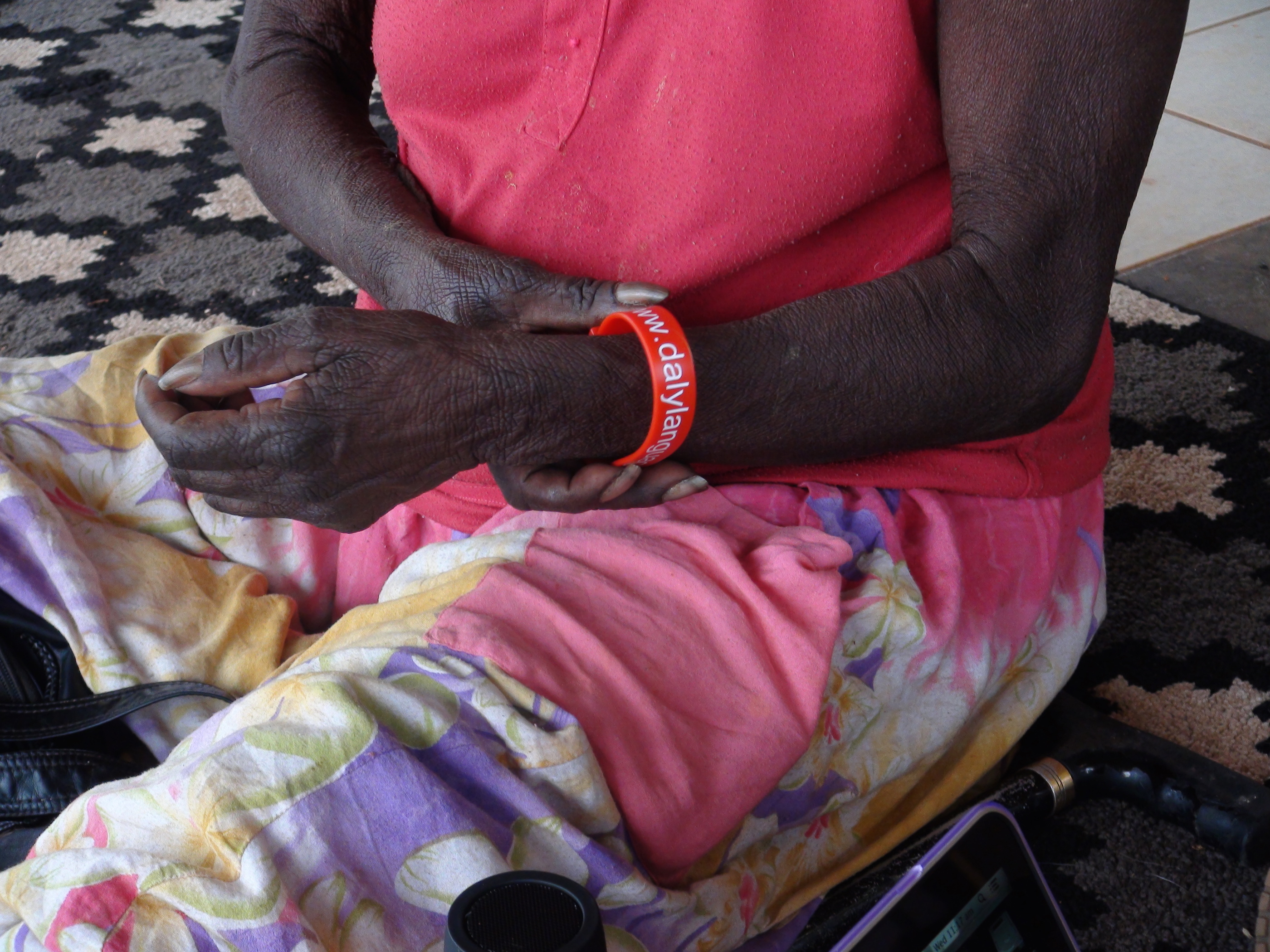
Linguists are using new technology to return decades-old recordings of near-extinct languages to the communities where they were made
Published 19 October 2016
Aboriginal and Torres Strait Islander readers are advised this article contains the names, images and voices of people who have passed away.
On the bonnet of a dust-covered four-wheel drive, linguists Ian Green and Rachel Nordlinger whip out a laptop to download a sound file onto a memory stick. The Indigenous man beside them is impatient. His family is waiting for him in his car and he’s not sure who these “white fellas” are who have turned up in the small outstation of Nama in the remote Daly region of Australia’s Northern Territory.
“You look just like your father,” Dr Green tells the man, handing over the memory stick that stores the recordings he made more than 23 years before of the man’s late father speaking his native Marri Ngarr – a language that is now virtually lost.
It is then the man realises what is being returned and the emotion hits him. Before Associate Professor Nordlinger knows what is happening she is in an almighty bear hug. In over 25 years of fieldwork in Indigenous communities it is the first time an Indigenous man for whom she is a complete stranger has spontaneously hugged her.
“It was a special moment and really highlighted the symbolic importance of actually going back to these communities and giving back what is theirs,” says Associate Professor Nordlinger, director of the Research Unit for Indigenous Language, in the School of Languages and Linguistics at the University of Melbourne.
“Not only are we returning the voices of lost loved ones, but the reality is we are giving back to them languages that are no longer heard on a daily basis.”
In a unique research repatriation project Associate Professor Nordlinger and Dr Green, from the University of Adelaide, travelled through the Daly region in July 2016, retracing Dr Green’s steps to return the recordings he made up to 30 years ago on USB drives attached to specially made wristbands. The recordings amount to over 157 hours covering eight languages. But for each of the languages there are fewer than ten fluent speakers left, and for five there are no fluent speakers.
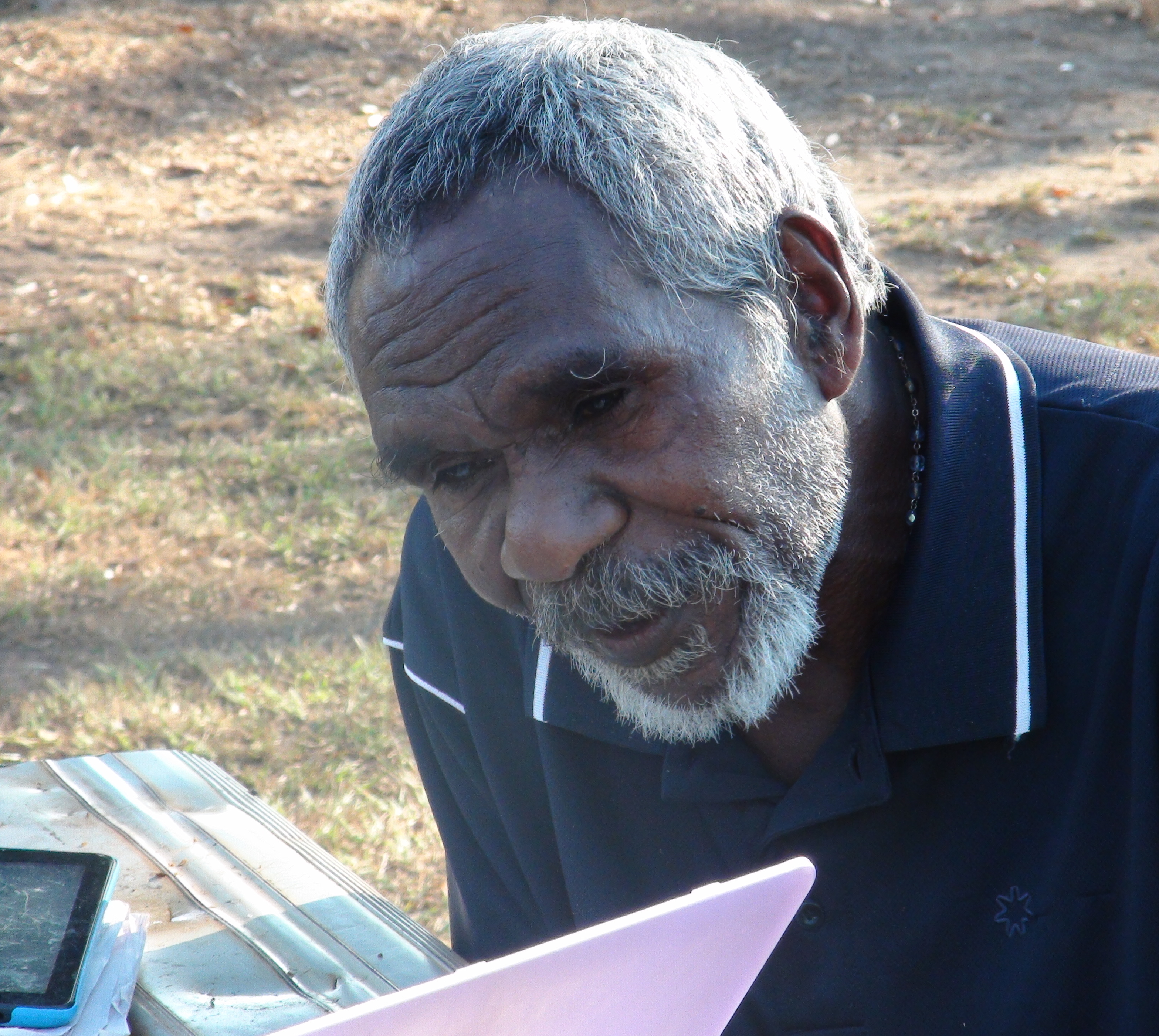
Dr Green’s tape recordings were languishing in old storage boxes when in 2014 the establishment of the Australian Research Council’s Centre of Excellence for the Dynamics of Language created the opportunity to digitise the recordings. As a chief investigator at the Centre, Dr Green’s long-time colleague Associate Professor Nordlinger was able to drive the project as part of the Centre’s Language Shape program, which investigates the comparative design of languages with a focus on the languages of Australia and the region.
With funding from the Centre, Dr Green’s tapes were digitised as part of the Pacific And Regional Archive for Digital Sources in Endangered Cultures (PARADISEC) initiative – an urgent language preservation effort of the Australian National University, the University of Melbourne and the University of Sydney.
While there are some 7000 languages around the world, we only have detailed knowledge of about 10-15 per cent of them. Many of the remaining 85-90 per cent are highly endangered.
It was only when the tapes were digitised that the two linguists realised they had a unique opportunity to go a step further and give the recordings back to the communities – not just by sending them a web link but by physically returning them.
“For us it was a necessary thing to do, and something well overdue,” says Dr Green, for whom the experience has been a stark reminder of the scale of language loss being experienced in Indigenous communities. Not one of the dozen native speakers he recorded in the 1980s and 1990s is still alive, and in a real sense their languages, as living languages, have died with them.

“The bitter thing about language loss is that all too often by the time the speakers fully appreciate the danger, the language is already effectively lost,” says Dr Green. “For as long as there are old people still around speaking the language, communities tend to think there is still time to revive it, but they don’t realise they have less time than they think.”
But there is still the real opportunity to preserve them in a meaningful way as critical sources of identity, culture and knowledge. In their Daly Languages project, Dr Green and Associate Professor Nordlinger are doing all they can to make languages of the Daly region as accessible as possible.
“There is something very powerful about understanding where you come from. It’s an essential part of being human,” says Dr Green. “And for Indigenous people it’s particularly strong – where you come from is what makes you distinct. It’s an integral part of how you see the world, and that makes the knowledge and history preserved in language incredibly important.”
Associate Professor Nordlinger says the loss of languages is a loss for us all because languages hold irreplaceable knowledge not just of our world but also of the potential of humans to use language.
“If knowledge and history isn’t written it will be lost unless handed down orally through stories and songs. That is what happened for 50,000 years in Australia. But once there is a massive cultural and linguistic shift in a community, which is what has happened for Indigenous people here since colonisation, then you get a break in transmission.”
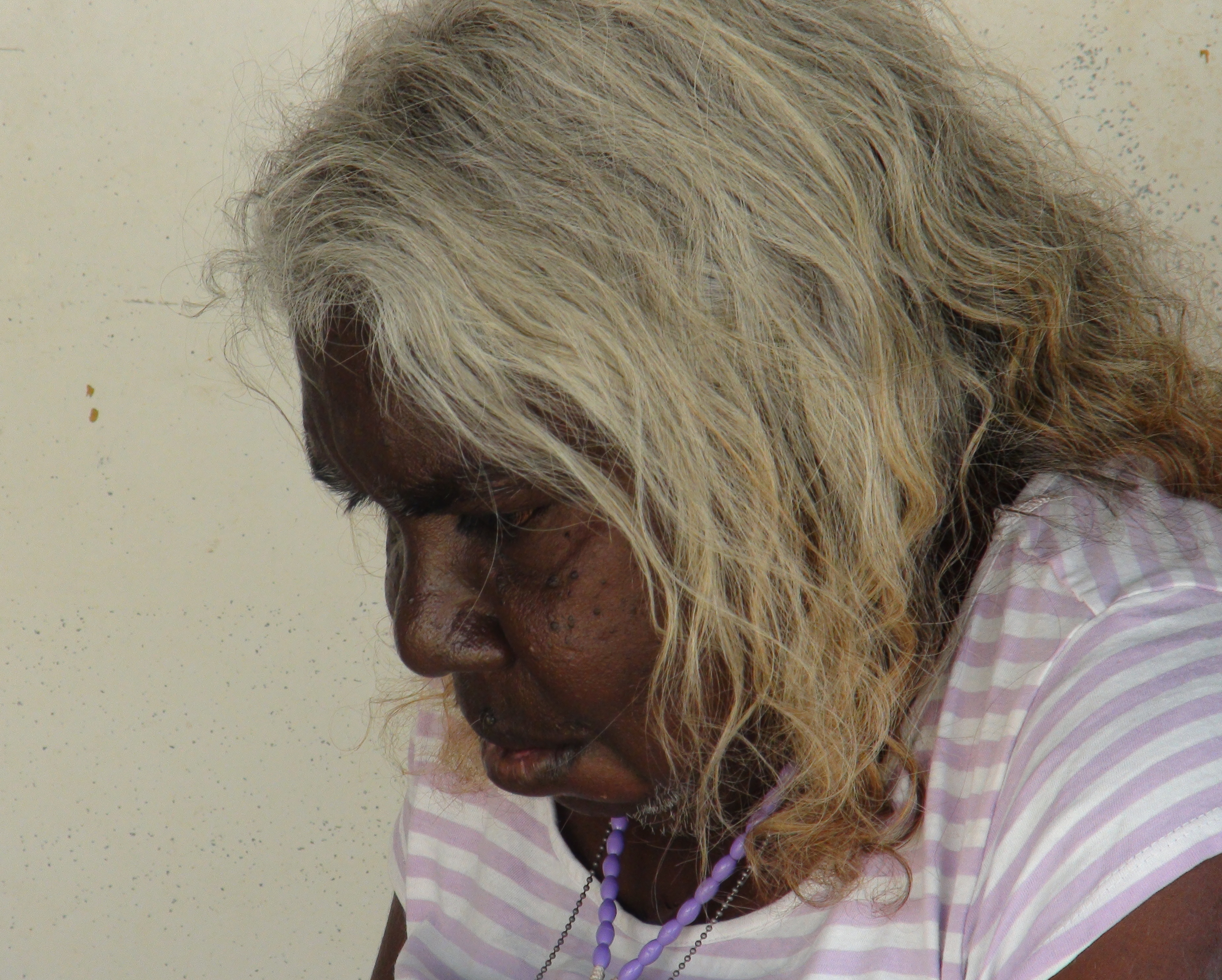
“And what is being made clear is that the knowledge in these languages about the land and the environment is beyond what we currently know.”
That was made obvious to Associate Professor Nordlinger 20 years ago while undertaking fieldwork in the Barkly Tablelands of the Northern Territory on the local Wambaya language. She was intrigued by all the different names in Wambaya for the various types of eucalyptus trees that seemed to the uninitiated to all be the same tree. When she brought back samples to the experts at the Alice Springs arboretum, they discovered that for some of the specimens there simply were no scientific names. They were new.
“What this says is that Wambaya had a much finer-grained understanding about these trees than our modern scientific knowledge does.”
Such knowledge tied to words can be highly functional. In some Indigenous languages two completely different things can be linked by having the same name in a phenomenon called by linguists sign metonymies. A famous example is that in the Kunwinjku language of Arnhem Land in which the Spangled Grunter fish and the White Apple tree are both known as bokorn. That is because the tree will often indicate that the fish is nearby since the fish waits around to eat apples that fall into the creek.
“All languages carve up the world in different ways, and through language connections are made between things and ideas are encoded. If you lose that language you lose the connections and knowledge captured in that language,” says Associate Professor Nordlinger.
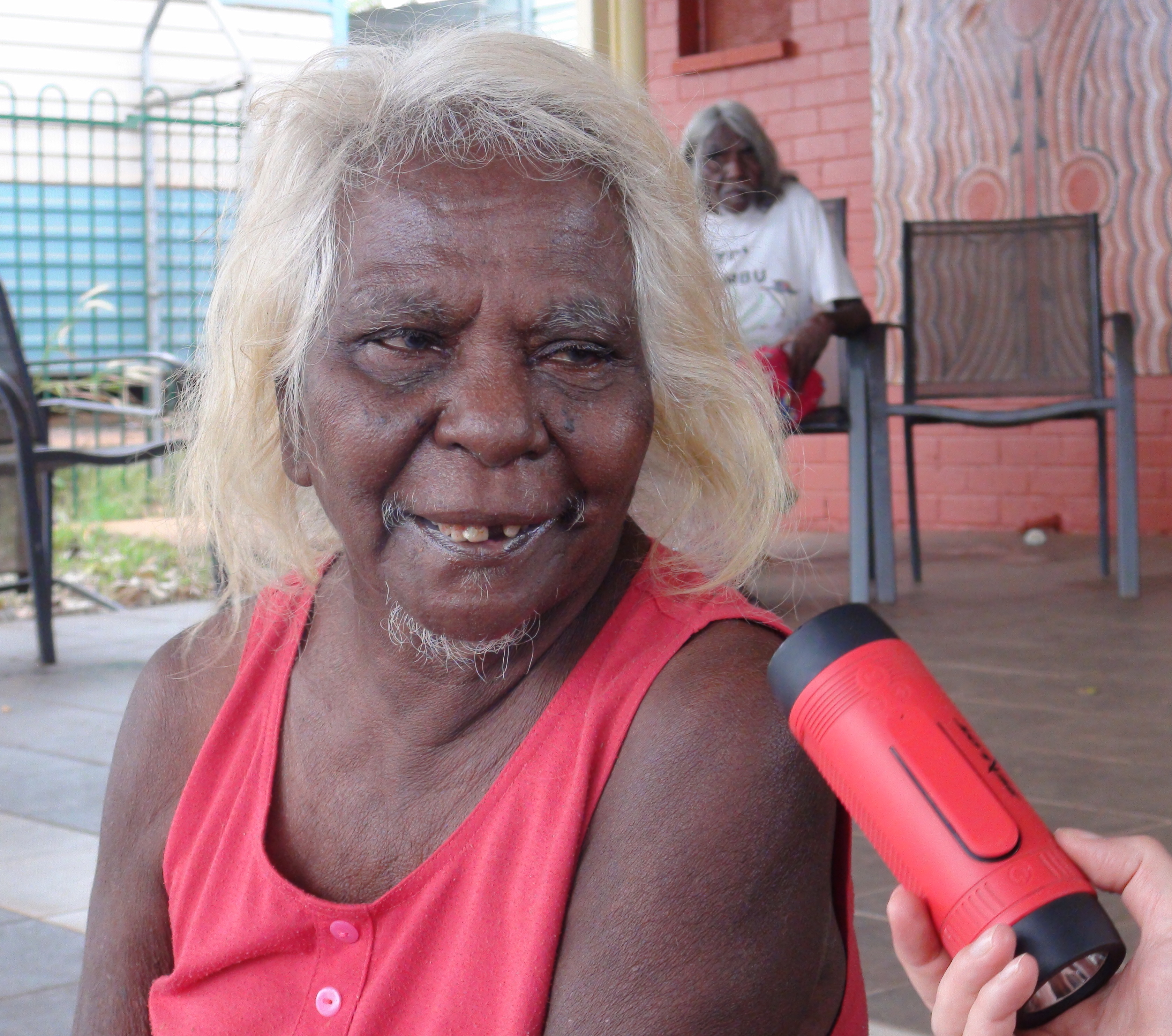
Imagine if we all lived in big cities. Over time the words of farmers and rural areas would fall out of use and with them we’d lose specific knowledge of the seasons, animals and plants. The difference is that almost all that knowledge is preserved for us to recall.
“For Indigenous languages a lot simply has never been recorded and that which has been recorded has mostly been the work of linguists. So it is extremely important to return what we’ve taped because in so many cases it is the last chance for people to access this knowledge,” says Associate Professor Nordlinger.
Many Indigenous languages of northern Australia are what linguists call polysynthetic languages, which are characterised by having long verbs containing complex information, often expressing what would take a whole sentence in a language like English. Other examples include some languages from the Caucasus and Native American languages.
Such languages are of immense theoretical and practical interest to linguists because they raise questions about how our minds process and learn information. How different a mental experience is it to speak a polysynthetic language? What are the different mental processing tasks involved? Are they harder or easier to learn? What are the limits of complexity to using polysynthetic words?
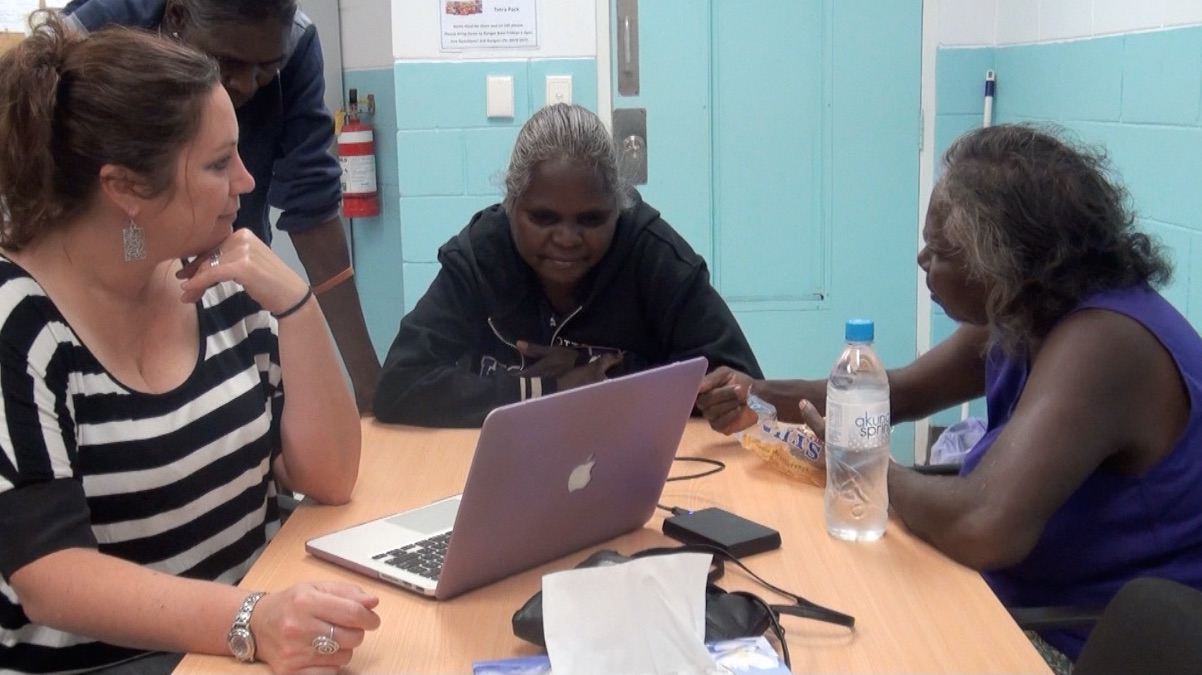
“It is a race against time to learn as much as we can about all these languages while there are still speakers and knowledge around, because it is only by learning as much as we can about these languages that we will know what humans are fully capable of with respect to language,” says Associate Professor Nordlinger.
“We don’t even know the half of it yet, and the faster that these languages disappear without us really understanding them, the more we lose in terms of knowledge about ourselves and what it is to be human, so in that sense this should matter to all of us.”
Audio recordings: Dr Ian Green
Banner Image: As part of the Daly Language project, recordings of the region’s Indigenous languages made up to 30 years ago have been returned to families of the speakers on memory sticks attached to wristbands. Picture: Rachel Nordlinger

